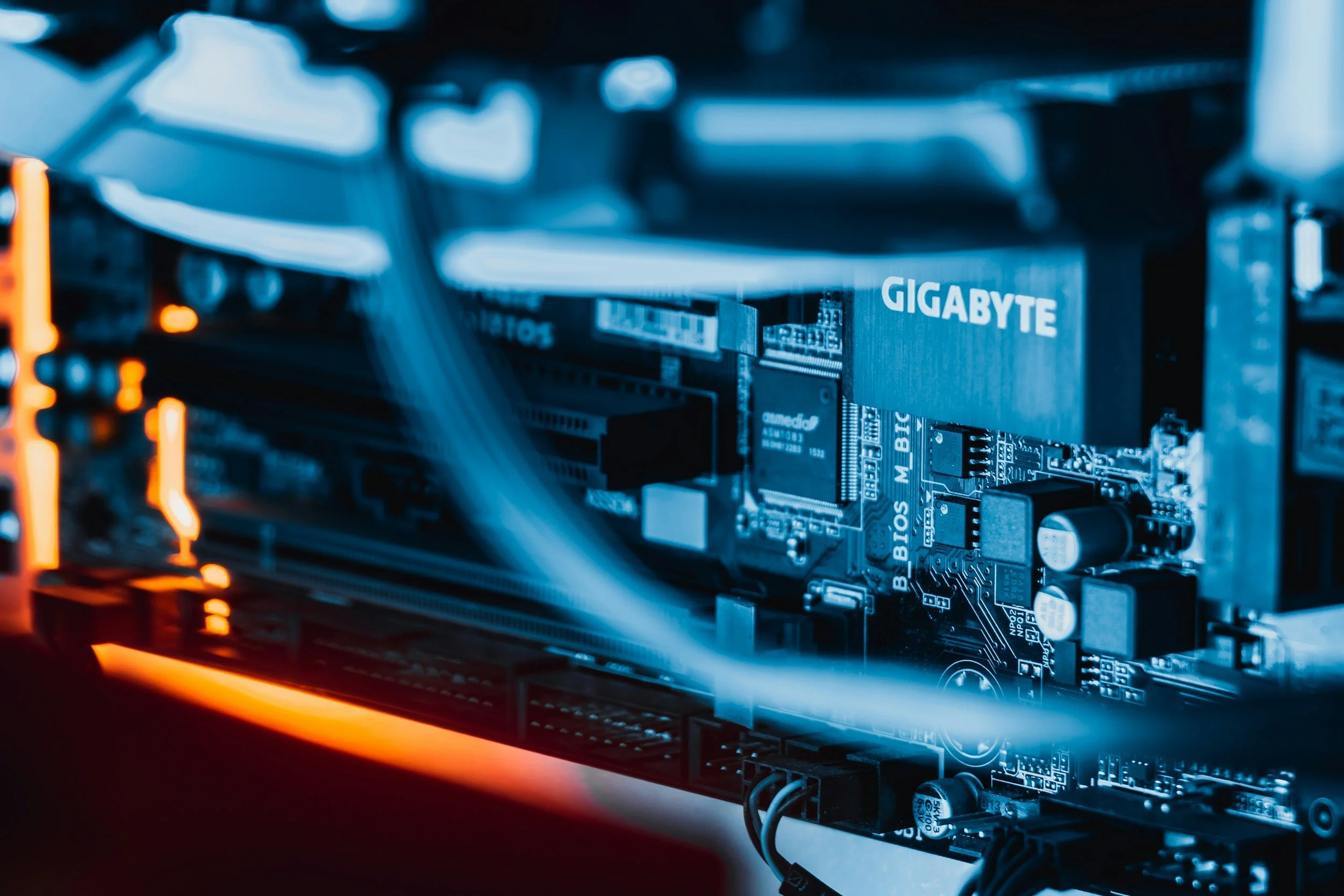
Hypervisors and Virtual Machines
At a high level, virtual machines and hypervisors are the dynamic duo that make modern data centers feel like digital theme parks. A virtual machine (VM) is essentially a fully self-contained software “computer” running its own OS and apps, while the hypervisor is the lean layer of code that carves up a real server’s CPU, memory, and I/O into those VMs. Together they turn one hulking piece of hardware into dozens (or even hundreds) of isolated, customizable environments with each one behaving like an independent PC you can power on, tweak, snapshot, or migrate at will.
Hypervisors are the backstage managers running on Intel VT-x or AMD-V hardware, trapping privileged instructions and enforcing complete isolation between those VMs. It is a super-thin software or firmware layer or a type 1 hypervisors run directly on bare metal, Type 2 live inside a host OS that carves out CPU slices with vCPU schedulers, translates guest physical to real RAM via Extended Page Tables, and virtualizes I/O with paravirtual drivers. What it means is your VMs each think they have got dedicated hardware like performers assuming they own the stage, while the hypervisor quietly juggles who gets the mic, the lights, and the backstage pass. How it impacts itself is the coolest part, by measuring VMEXIT latencies, page fault rates, and I/O queue depths in real time, it tunes its own scheduler, memory ballooning algorithms, and security guardrails kind of like a DJ tweaking the mix on the fly so overhead shrinks, isolation sharpens, and every VM gets the smoothest show possible.
A virtual machine is what you get when the hypervisor hands you a virtual slice of hardware or vCPUs, virtual RAM, a pretend disk, and virtual NICs, all wrapped up in a neat OS container. What it means is you can spin up Windows, Linux, or any other OS side by side on the same kit without them stepping on each other’s toes. It’s like renting furnished apartments in a high rise, each tenant has their own space and utilities, but the landlord (the hypervisor) still owns the actual building. The cool self impact is that VMs report back performance metrics CPU steal time, memory balloon events, I/O wait to the hypervisor, letting it rebalance resources, deflate over provisioned memory, or throttle a chatty VM so everyone’s power bill (and performance) stays under control.
